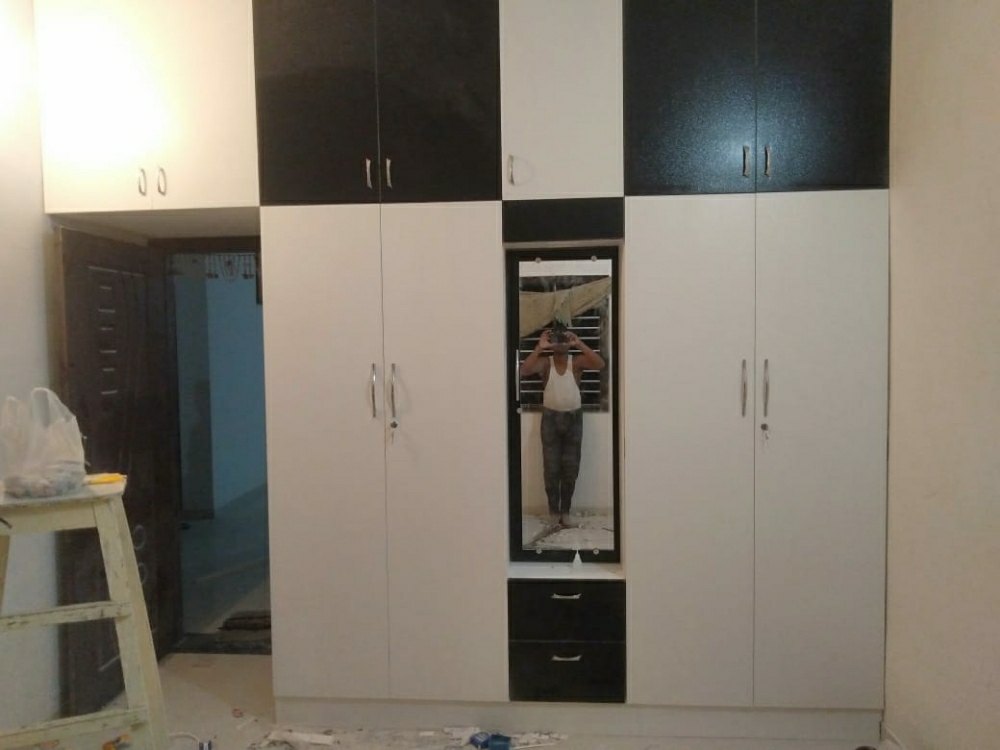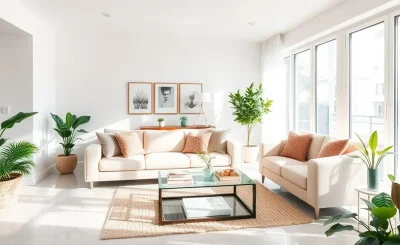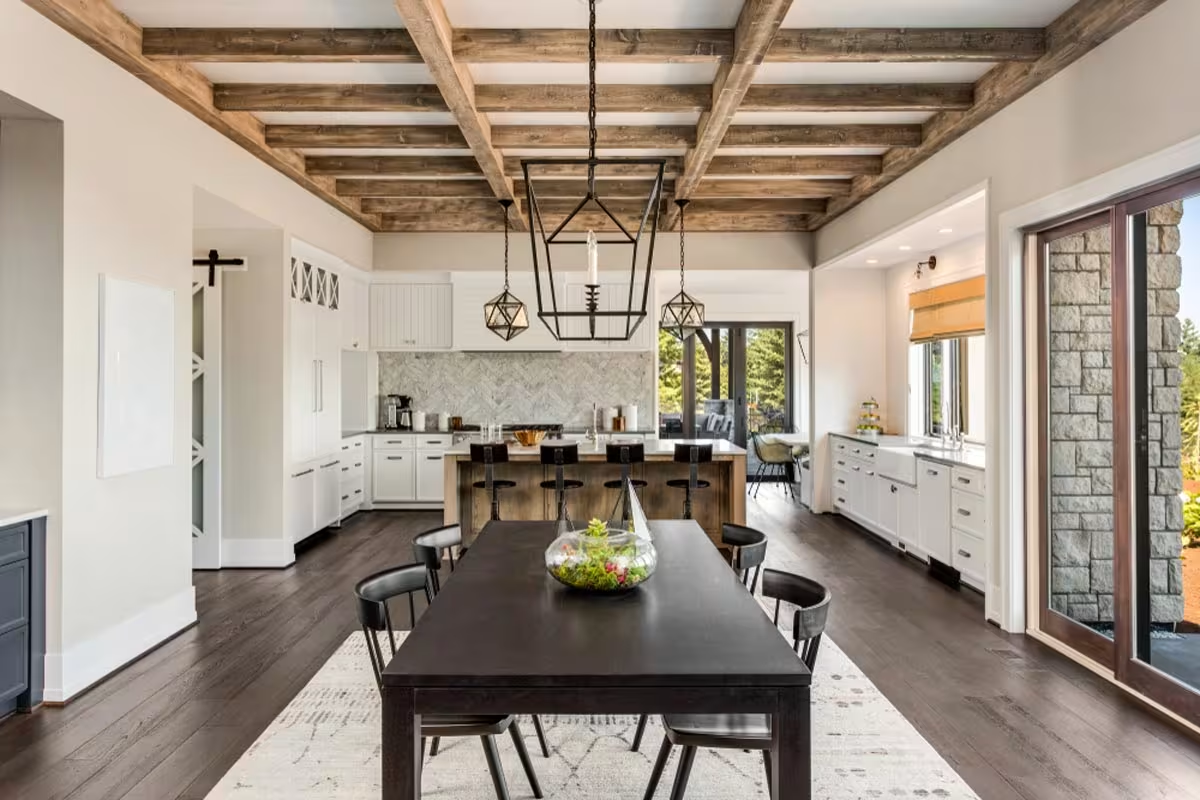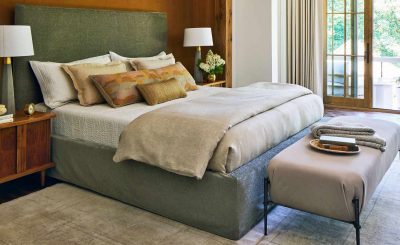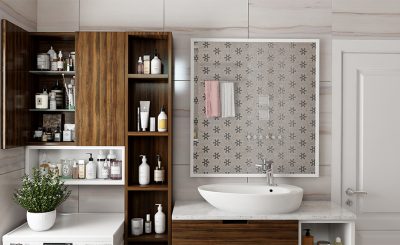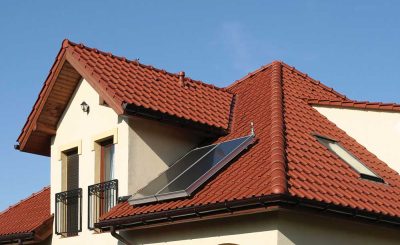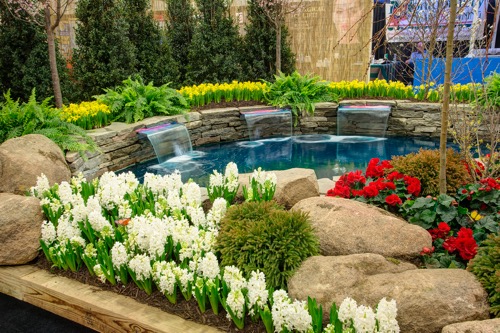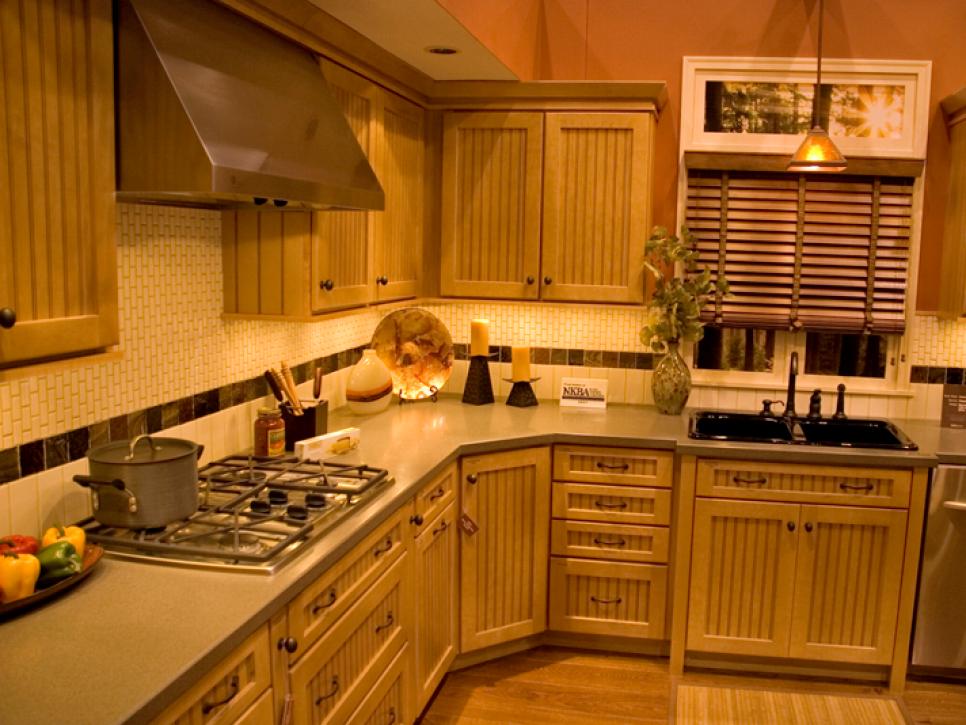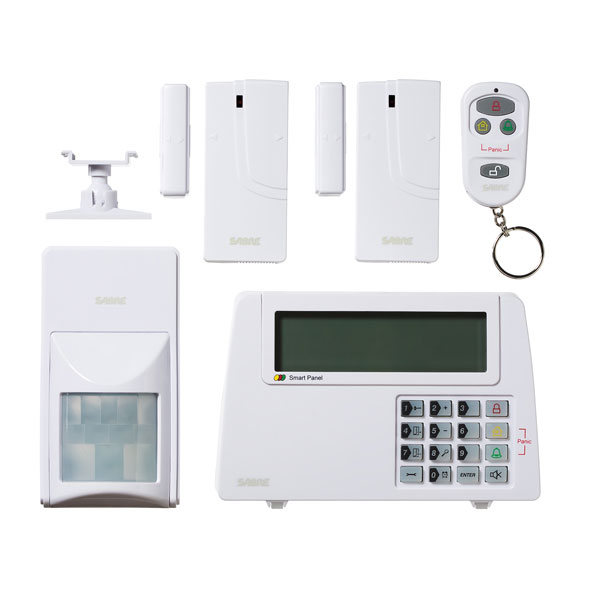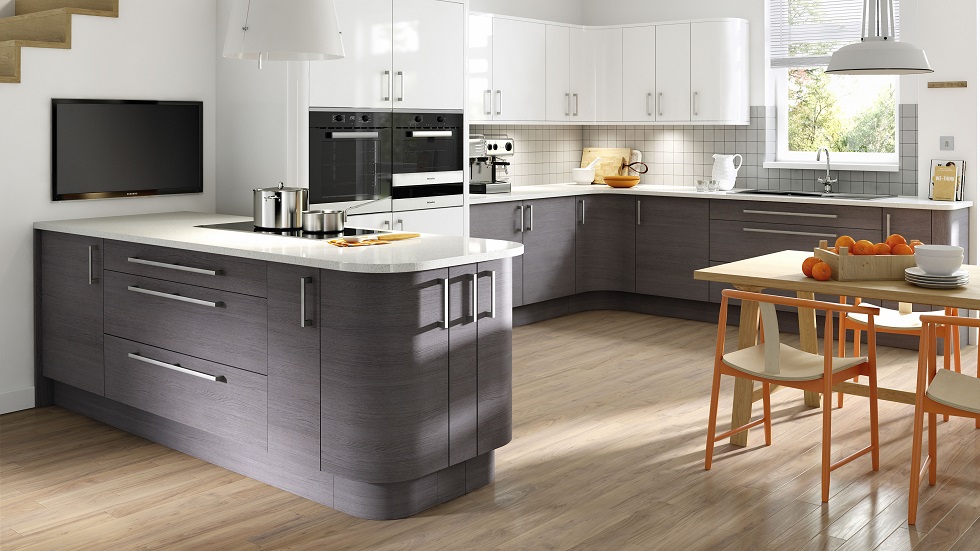Furniture cupboards provide storage space that is enclosed by doors for hiding away kitchenware and other items that homeowners don’t wish to display in plain view. A furniture cupboard may either stand alone or be built directly into walls.
There are a wide variety of cupboards, from wardrobes and side tables for displaying vintage dishes, to tall wardrobes equipped with slatted shelves to allow heat circulation and prevent dampness.
Definition
Cupboards are versatile storage units available in an assortment of shapes, sizes and styles to meet various storage needs. Commonly found in kitchens, bedrooms, living rooms and offices alike; cupboards may be made of wood, metal or other materials depending on desired aesthetic and durability requirements.
Cupboards can be freestanding or built into walls, typically featuring one to three display tiers and drawers to store more miniature goods. Originally the word cupboard referred to side tables used to display vintage dishwares such as cups, saucers and plates but has since come to mean any closed piece of furniture in UK English usage. Linen cabinets provide another storage option that protects towels, sheets and tablecloths while still remaining organized and in their place.
Purpose
Cupboards are versatile pieces of storage furniture that can either be built into walls or stand as standalone units. Most commonly made out of solid wood, cupboards provide durability with their ability to withstand moisture and temperature fluctuations as well as natural elegance that complement any decor in any room.
Cabinets are pieces of furniture used to store dishes and kitchen supplies in the kitchen. This type of storage typically features one or two doors; in contrast to closets which store clothing or other personal belongings.
Cupboards come in all styles and shapes imaginable – from ornate traditional cabinets to sleek modern designs – so choose the best cabinet based on size, purpose, and aesthetics for you and your needs.
Design
Cupboards come in an assortment of designs, from intricate ornate details to sleek modern styles. They can be freestanding or built into walls and constructed using various materials – including real wood.
Cabinets differ from cupboards primarily by having shelves. Although this might seem like a minor distinction, cabinets tend to be more stylish and sophisticated in design than their utilitarian counterparts.
In the 16th century, cupboards became more elaborate, featuring panels adorned with intricate intarsia patterns and carvings. A type of cupboard known as a livery cupboard became especially popular in England; these cabinets included ventilating holes made up of open tracery which provided air circulation while helping prevent moisture build-up. Slatted shelves allowed air circulation while providing moisture management solutions.
Materials
Make Your Furniture Cupboard from Different Materials There are various materials used for crafting furniture cupboards, the most commonly utilized being wood; however there are other choices as well, like particle board. Particle board is an affordable and low maintenance choice that is great for areas without durability requirements; made up of tiny wood chips, sawdust, or shavings which is then coated with laminate or veneer for increased strength.
Plinth is another excellent alternative, being far stronger than particle board and offering the flexibility of different finishes. Blockboard can also make an attractive option for long shelves or doors.
Solid wood furniture can add warmth and beauty to any room while remaining resistant to humidity and temperature fluctuations, lasting decades with proper care.
Cost
Cost of cupboards depends on their size and materials used; for instance, purchasing one made of real wood tends to be more costly than one made from particleboard or MDF; however, due to its durability and aesthetic appeal it makes an excellent investment for any home.
Cupboards and cabinets are versatile storage solutions, ideal for use in various rooms throughout your home. Both provide efficient ways of storing belongings while displaying decorative items efficiently. Selecting the ideal piece depends on both your storage needs and aesthetic preferences; traditional ornate designs might suit cabinets while more contemporary aesthetics might make cupboards better options. Both pieces can be modified and repurposed as necessary and require regular maintenance in order to remain long-term fixtures in your space.


